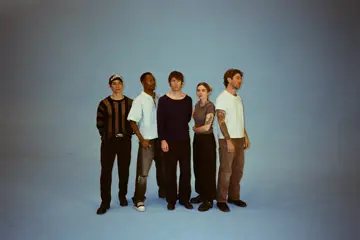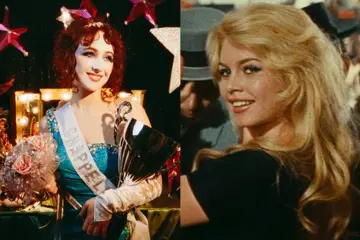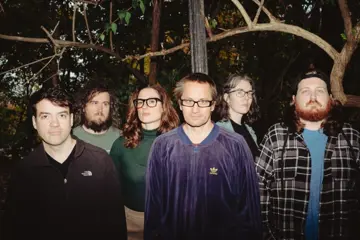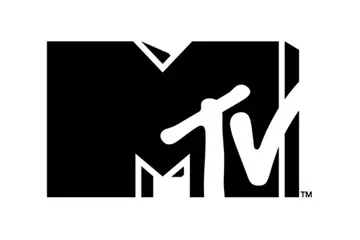Gallery Of Modern Art curator Reuben Keehan is fondly recalling a childhood memory – “propaganda” broadcasting before him in lieu of regular children's television programming.
“[It was] cartoons, strangely enough,” he reveals. “As a kid in the early '80s I remember Channel 9 screening some '50s or '60s Cold War-era odes to capitalism, how private control of industry led to wealth for everyone. Maybe they'd gotten mixed up with the Tom & Jerry and Wacky Races tapes, or maybe it was because the Cold War wasn't quite over yet. I thought they were supposed to be educational until my dad walked in and said, 'What the hell is this?' Later I became a big fan of political caricatures in the news – if cartoons could be used for propaganda, they could also be used for satire.”
One of the centrepieces in the survey show of propaganda art is a set of banners by the Indonesian collective Taring Padi. “They are outstanding,” says Keehan. “Taring Padi having been working in Yogyakarta since the fall of the Suharto regime in 1998. They were quite important organisers during that period.
“The collective is very much focussed on grassroots activities with various minority groups, such as farmers and the rural poor, and they produce some really vibrant projects in vernacular forms such as street posters, comic books and T-shirts. We're showing four huge banners that have been produced very cheaply as woodblock prints – a bit of an activist tradition – but they're also extremely well accomplished, graphically sophisticated and visually captivating.”
So, how do we define “propaganda”?
Don't miss a beat with our FREE daily newsletter
“It's a tricky question, actually, as my example of the Cold War cartoons perhaps demonstrates,” Keehan says. “It's worth noting that the word 'propaganda' hasn't always had negative connotations, that it simply meant spreading a message as far as possible, propagating it. In that sense it's no different from what we now call public relations and publicity.”
The exhibition shifts from the most widely accepted definition of propaganda, which is that associated with totalitarian regimes – in this case the Socialist Realist-derived art of North Korea and cultural revolution-era China – to more contemporary takes on the idea. Work featured comes from artists such as the Luo Brothers, who show connections between traditional communist propaganda and the advertising culture of contemporary China, and Tuan Andrew Nguyen, who shows cola ads, communist posters and wild-style graffiti jostling for attention in the streets of Vietnam.
You could argue that propaganda is as old as language itself, particularly when words or images are associated with communicating the value of one form of social organisation or another. In that sense, courtly or religious art and even mythical texts could be considered propagandist, at least to some degree. Its use in contemporary politics probably extends back to the European Enlightenment, when ideas of press freedom found various political factions starting their own newspapers and even commissioning artists to design and stage-manage mass spectacles. But just about every form of hegemony has sought legitimacy through art, music, literature and even sport.
“One of the key attributes of propaganda is its tendency to brush over some of the more monstrous aspects of an ideology. Its purpose is to sell the idea, not to unsettle people.“
Propaganda? runs until 21 October, Gallery Of Modern Art.














